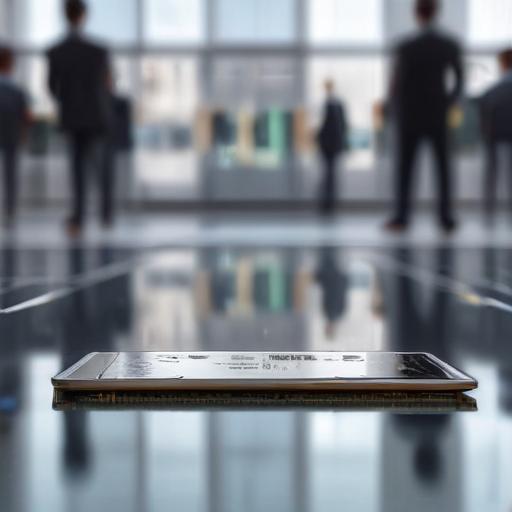Intel once stood as a beacon of Silicon Valley ambition, its engineers shaping the region’s tech heritage and powering the personal computer revolution. Central to that rise was its third employee, Andy Grove, whose leadership spanned 1979 to 2005 and who served as chief executive from 1987 to 1998. Grove fostered a culture of constructive confrontation, guided by the maxim “Only the paranoid survive,” and his stewardship helped Intel become the dominant supplier of computer chips, the brains behind countless devices.
But after Grove’s era, Intel’s edge began to fade. The company missed sweeping shifts like the smartphone and artificial intelligence revolutions, and its once-dominant manufacturing prowess appeared to falter. Then, on Friday, Intel entered a new and unlikely chapter: it became the recipient of one of the largest U.S. government investments in a company since the 2008 financial crisis, with President Trump announcing a deal for a 10 percent stake in the business valued at about $8.9 billion.
Intel’s arc—from icon to government project—mirrors a long-held truth in tech: even the mightiest firms can stumble if they don’t continually reinvent themselves as new waves arrive. Visionary founders can lift startups to global prominence, but sustaining momentum requires ongoing adaptation, strong leadership, and fresh capital to fuel the next wave of innovation.
The new investment signals a potential turning point. If the funds and policy support accompany a renewed strategic focus, Intel could accelerate capabilities that matter for the next era of computation—whether in advanced manufacturing, AI-focused hardware, or new processor architectures. The outcome will hinge on execution, leadership, and how effectively the company leverages this moment to reel in the next generation of engineers and partners.
In the end, Intel’s story remains one of resilience. A storied past, the backing of a major government investment, and a renewed emphasis on reinvention could set the stage for a comeback that repositions the company at the heart of America’s semiconductor ambitions and the global tech economy.
Summary: Intel’s rise, the post-Grove lull, and a recent government investment mark a pivotal moment with potential for renewed growth and strategic reinvention.
Additional note: The investment could bring renewed attention to U.S. chip manufacturing and supply-chain resilience, underscoring the broader push to keep advanced semiconductor leadership within the country.
